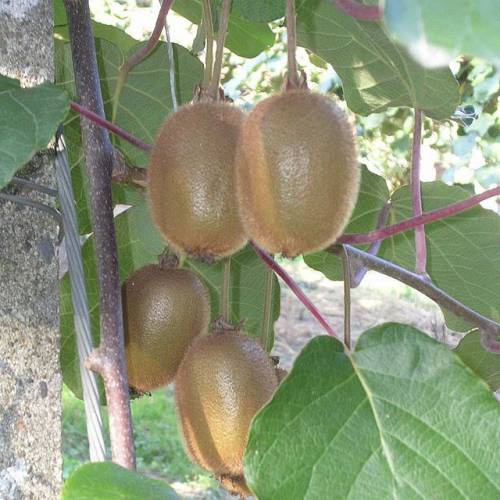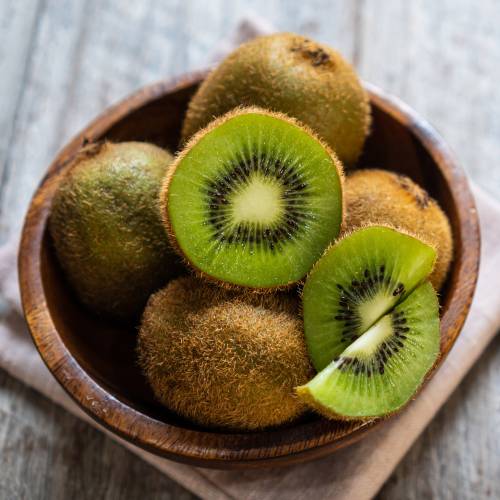
Plants
Kiwi plant self fertile / Actinidia chinensis
-
15.08 € Kiwi (Actinidia chinensis) 'Herma®' - Self fertile Large and succulent Fruits (80 à 120 g).
2357K1 - Available
-
14.51 € Kiwi (Actinidia chinensis) 'Herma®' - Self fertile Large and succulent Fruits (80 à 120 g).
2357K2 - Available
-
13.47 € Kiwi (Actinidia chinensis) 'Herma®' - Self fertile Large and succulent Fruits (80 à 120 g).
2357K3 - Available
-
13.00 € Kiwi (Actinidia chinensis) 'Herma®' - Self fertile Large and succulent Fruits (80 à 120 g).
2357PB - Available
-
12.43 € Kiwi (Actinidia chinensis) 'Herma®' - Self fertile Large and succulent Fruits (80 à 120 g).
2357PC - Available
-
12.43 € Kiwi (Actinidia chinensis) 'Herma®' - Self fertile Large and succulent Fruits (80 à 120 g).
2357K4 - Available
-
11.91 € Kiwi (Actinidia chinensis) 'Herma®' - Self fertile Large and succulent Fruits (80 à 120 g).
2357PD - Available
-
11.39 € Kiwi (Actinidia chinensis) 'Herma®' - Self fertile Large and succulent Fruits (80 à 120 g).
2357PE - Available
-
6.45 € Special Offer - 35%
2357PF - Available
-
0.40 € FERTILISER
2357A - Available
-
Geographical origin: China.
Adult dimensions: Height up to 6m (19.7'), width up to 3m (9.8').
Foliage: Deciduous.
Type of soil: Light, rich in humus. Dislikes lime.
Hardiness: Hardy to -12°C.
Site: Mid-shade to full sun.
Properties and uses:
The varieties 'Herma', 'Jenny' and 'Solissimo' are self-fertilising, meaning that it is not necessary to plant male and females in order to obtain fruits. The creamy white flowers in June and July leave in their place edible fruits called kiwis in the autumn. The fruits of these varieties are sweet and full of vitamins.
The kiwi is a vigorous creeper which can be used in the garden to great benefit because it doesn’t cling to the surface. A sufficiently strong structure should be used to support new shoots and fruits.
In order to protect from cold winds, this plant can be trained as an espalier against a south-facing wall. Pruning should be done in winter up to February/March and similarly to a vine, that is to say two or three eyes above the last fruit.
Plant them now: the shortest way to your plate is through your garden!

















